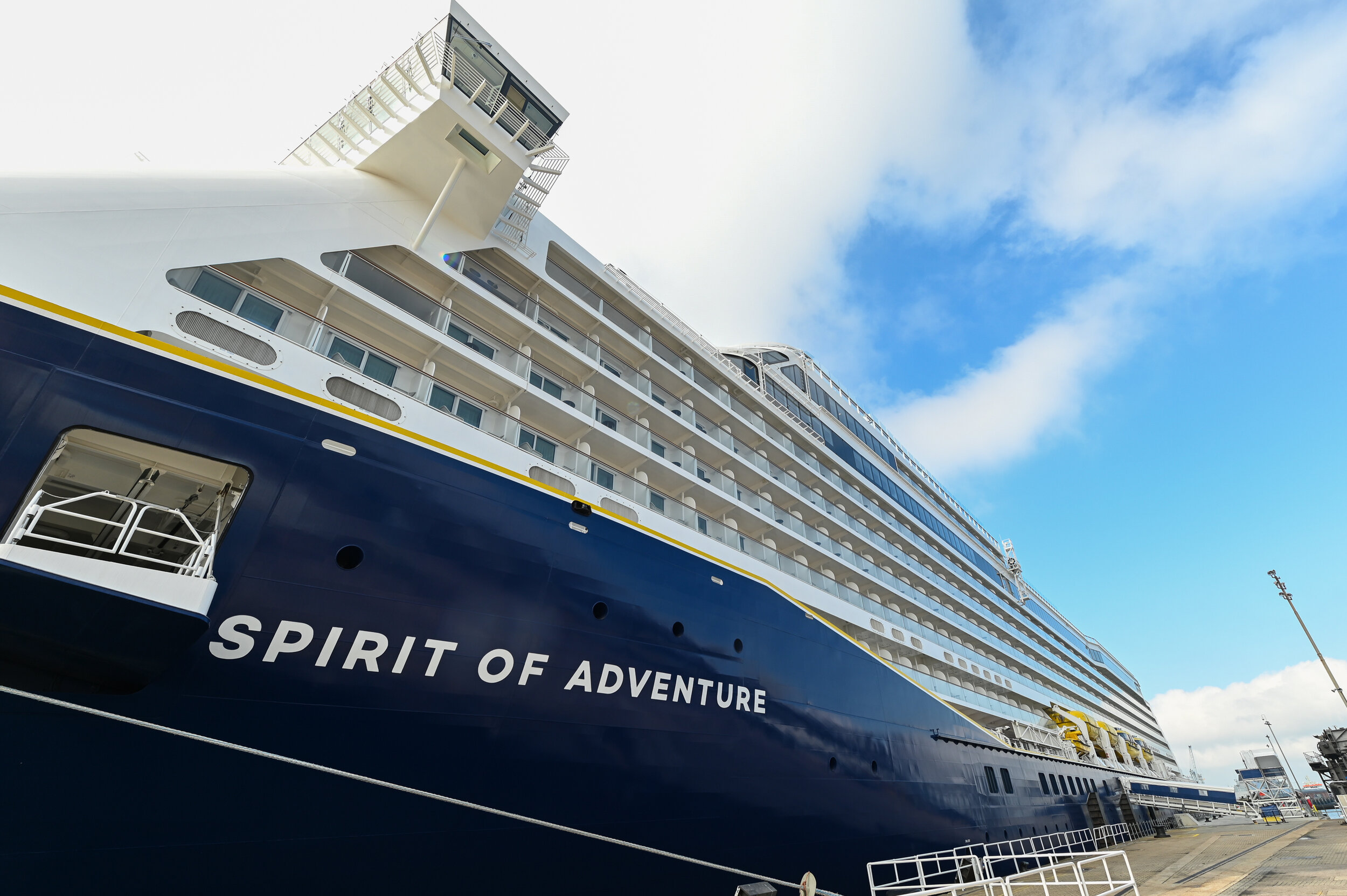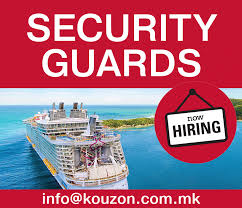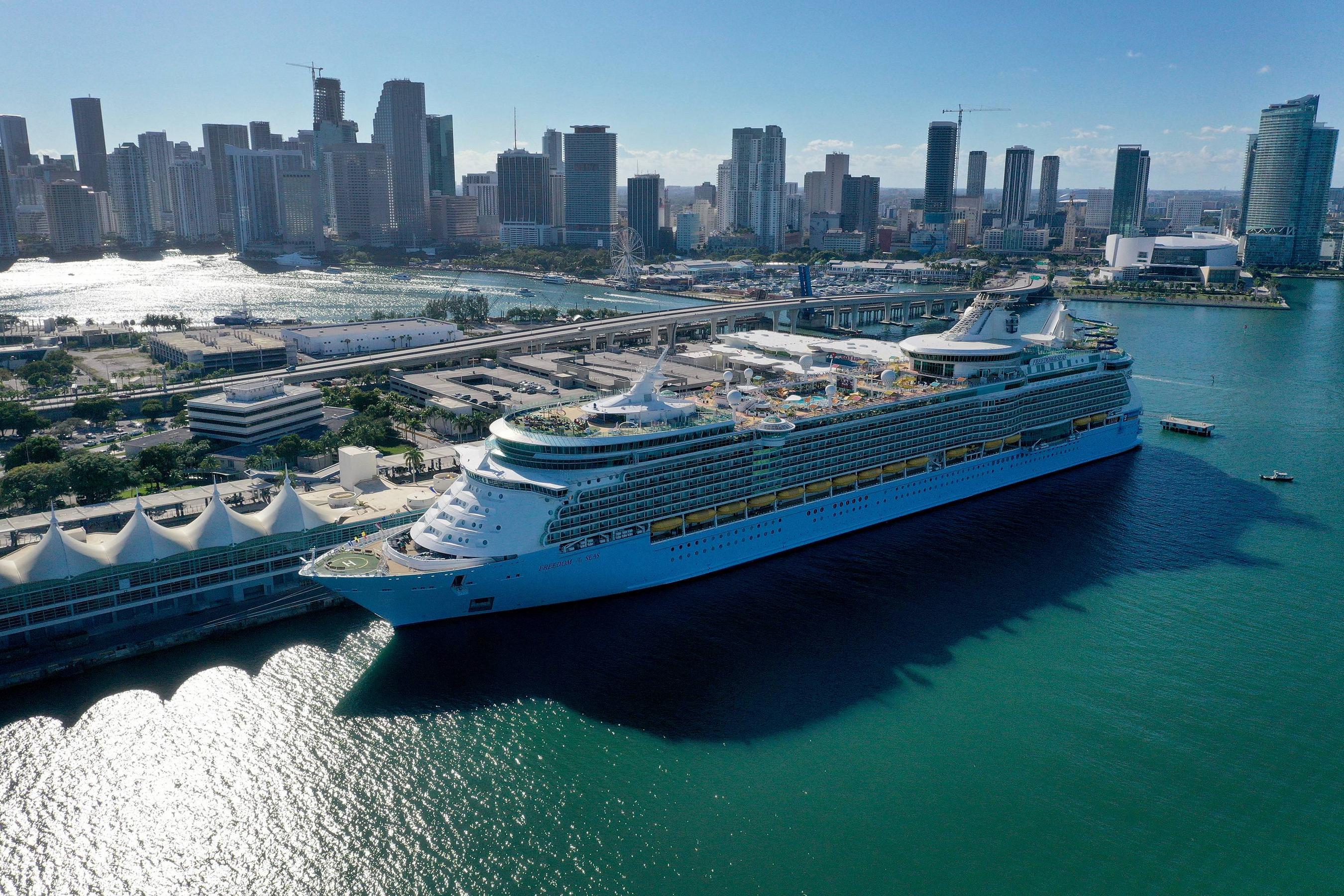
Since ancient times, Rhone has been an important waterway that connects central and eastern Gaul to Mediterranean. In the middle ages, the river was used for trade purposes, linking Vienne and Avignon to the Mediterranean. Also, it transported passengers and goods in horse-drawn water coaches and barge. Today, the river flows through France as well as Switzerland.
Route of the Rhone
The Rhone River is a great waterway. It has been an important transport channel linking northern and southern France for centuries. The Rhone Valley in Switzerland was used to accomplish similar goals, with tunnels built underneath mountain barriers. To make the river more navigable, extensive improvements have been made in recent years. Dams and canals have helped to eliminate shoals and raise the river's bed.
The Rhone River cycle route begins in the high Alps of central Switzerland and flows west past Lake Geneva. It then continues south to the Mediterranean close to Marseille. The first 321 km of the route pass through Switzerland and go through Valais, Geneva, Vaud. The remainder of the route runs through France, mostly in the Rhone-Alpes region. It ends at the border of the provinces Languedoc-Roussillon et Provence-Alpes-Cote d'Azur.
Places to see along the Rhone
You can explore the historic and cultural heritage of Rhone river region by visiting several places. Pont Saint-Esprit: This picturesque bridge crosses the river with 26 arches is one the oldest. It was built in 1265 and 1309, making it one of the oldest bridges along the river. It links the regions of Provence to Languedoc.

Another town to visit is Valence, a riverfront city that pays homage to its Gallo-Roman heritage with its medieval walls and medieval castle. The Theatre Romain hosts summer productions. Other attractions include Valence Museum, which contains art from 1600 to the present. Parc Jouvet along the riverfront is another popular spot for its charming scenery and historic architecture.
Economy of Rhone basin
Over the centuries, Rhone River management has changed to become a river route for transport. Now it is used for energy production. From 1948 to 1986, CNR set up 19 multipurpose plants with a total installed capacity of 3000 MW. The river's flow amplitude will likely decrease due to climate change.
The Rhone basin is a complex system of natural and socio-economic components. This interplay can be seen in the changing riverscape. Climate change has altered glacial conditions and altered snow melt conditions, leading to major modifications in the basin's hydrological regimes. A changing policy environment is also affecting water use. The shift in energy policy is also towards renewable production.
Locks on the Rhone
The Rhone River used to be a strong and unpredictable force. However, locks helped it to be controlled for many centuries. These locks helped to prevent flooding and provide hydroelectric energy, which allowed people and goods all year long to travel along the river. The rivers current can reach speeds of 10 km/h. Although the Rhone's first locks were built in China, they were not used in Europe until the 14th century. Leonardo da Vinci is credited with conceiving the concept of a locked chamber with two pairs of gates. His design of canal locks is one of his greatest accomplishments.
River cruising is impossible without locks. The locks are vital to river cruising. Rivers too deep to pass underneath bridges, or too low that they can float. River cruising is made possible by locks.

Landscapes along Rhone
The scenery along the Rhone river banks are a breathtaking sight. The banks of the Rhone river are covered in trees which attract wildlife as well as bees. Alongside these trees, you will see many flowers and grasses. The natural geometry of the river is also evident in this landscape. The river is an amazing sight. Boaters can also spend time exploring the valley below.
The Rhone flows from the mountains to the plain. It is initially narrow, but it becomes more open as the valley narrows. The confluence is in Lyon where the Rhone meets the Saone. It flows into Lake Geneva, where a large delta forms.
FAQ
Where do cruises get started?
Miami is the most popular destination for cruise vacations. This city has both international and domestic airports. These two locations enable passengers to travel throughout South America and Europe.
What 4 things determine the cost of a cruise?
The main factors that influence the price of a cruise is the time you are willing to spend on it, whether you choose an all-inclusive or a shorter package, the number of people you plan to bring, and the type of cabin booked.
What does a cruise vacation cost?
Cruise vacations cost $1,000 per person plus tax and fees. The average price for a family of four is $4,200. This includes all meals and drinks, entertainment, activities as well gratuities.
How long does it take for you to get to port?
The distance between the port, the ship's speed, and other factors affect the time it takes to get to the port. It is important to note that some ships dock very close to shore so they can quickly unload their passengers. Others dock further from shore so the ship takes longer to arrive.
Is a cruise ship all-inclusive?
They do not include meals for guests with restricted diets. They don't offer laundry service or room service.
However, some cruise lines offer "all-inclusive" packages which cover everything except alcohol. These packages often include airfare, hotel accommodations as well entertainment and beverages.
Statistics
- In addition, 10 to 15 percent gratuity is typically added to bar bills — for alcohol and soft drinks — and gratuities are applied to spa treatments. (cruiseline.com)
- The line estimates savings of 50% when you purchase this bundle. (travel.usnews.com)
- If you're traveling alone, you may also need to factor in a single supplement, adding up to as much as 100% of the cruise fare. (travel.usnews.com)
- *20% Gratuities Apply on Free Unlimited Open Bar; Free Specialty Dining. (ncl.com)
External Links
How To
How to avoid getting seasick on a cruise
The best way to avoid seasickness on a cruise is by wearing a hat. A wide-brimmed cap helps to prevent motion sickness by keeping your head from moving too much.
The hat keeps water from the face and reduces the moisture in the air. This allows people who are prone to dizziness from inhaling moist air to breathe more easily.
Another tip is to drink lots of fluids. Avoid alcohol or caffeine. These drinks dehydrate the liver, causing fluid to pool in the stomach. Consuming enough fluids can help lower the salt levels in your bloodstream. Salt can cause the body to retain water, leading to nausea.
You may feel nauseated if you eat something salty. Salty foods increase the production of hydrochloric, which helps to break down food.
You can also take medications to alleviate seasickness if none of these methods work. Be aware that some medications may have side effects such as drowsiness, dry mouth, constipation, blurred vision, and headaches.